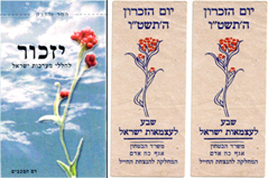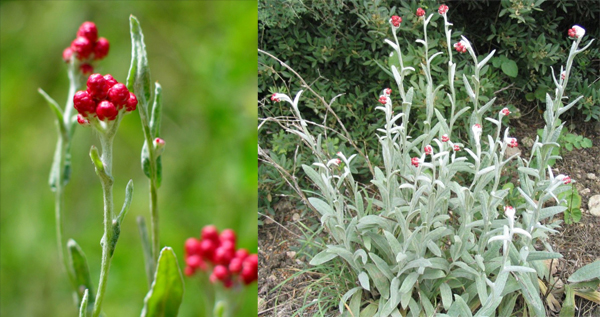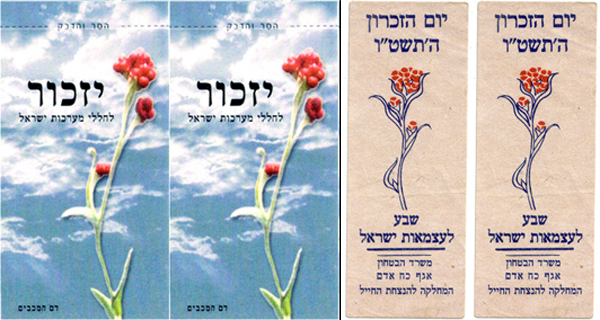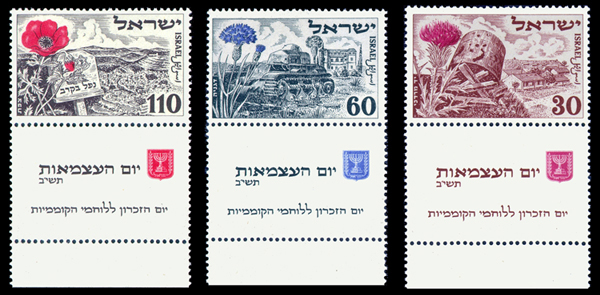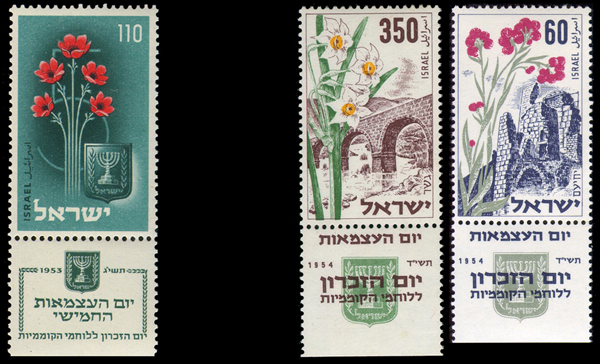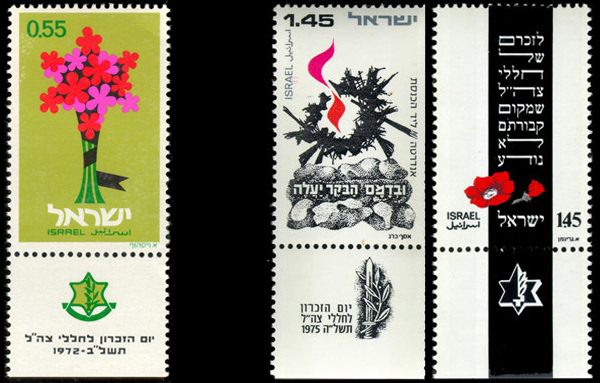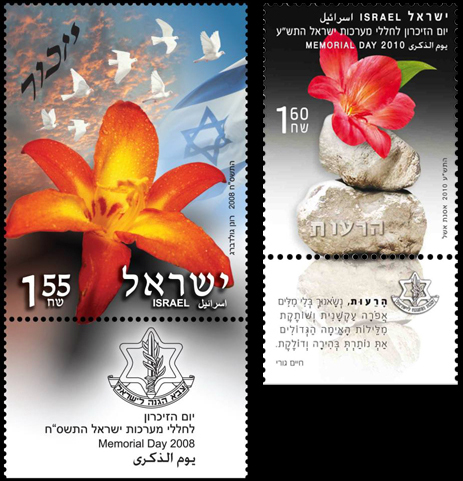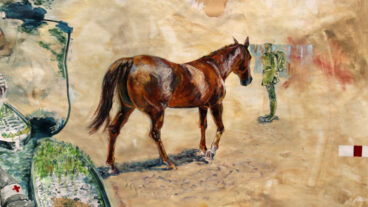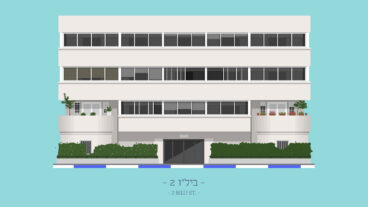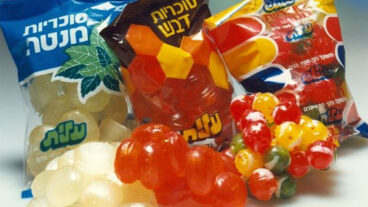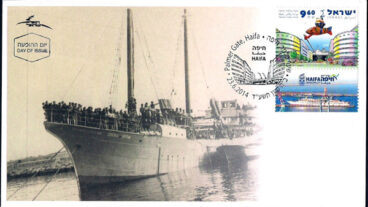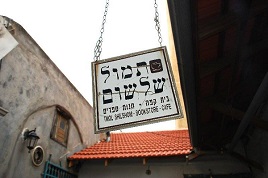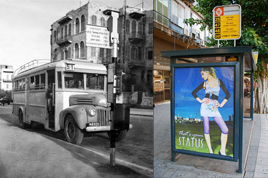“Blood of the Maccabees” (in Hebrew: dam hamakabim) — also known as Red Everlasting — is a flowering plant of the genus Helichrysum in the daisy family. According to Wikipedia, the name “dam haMakabim” is derived from a legend saying that in every spot where the flower grows, a drop of blood has been spilled on the earth. Perhaps, for this reason, it is also known in Arabic as “dam al-Massiah”, meaning “blood of Christ”.
Photo on right by Ester Inbar; on left by Iorsh. Courtesy of WikiMedia Commons
In our time, it has become a symbol for the Israeli Yom Hazikaron, the memorial day for the Israeli fallen soldiers and the victims of terrorism, where its image is worn at memorial ceremonies around the country.
Most likely, this tradition has its roots in Remembrance Day (also known as Poppy Day), the memorial day observed since the end of the First World War bu Commonwealth of Nations member states (the former British Commonwealth) where the red poppy has become a familiar emblem.
Graphic designer Oded Ben Yehuda became fascinated with the linkage created between flowers and Israel’s fallen. Having been gifted with an album of Israeli stamps starting with the founding of the State, his two-part essay (in Hebrew) comments on the change in graphic and typographical style in Yom Hazikaron stamps, as well as shifts in ideological emphasis over time.
“There is no child in this country,” writes Ben Yehuda, “who does not recognize this sticker. For years, I wondered what was the connection between this plant and the memorial day for those who fell in Israel’s battles”.
“1950 presents the transition from Diaspora to sovereignty, and the Independence Day stamps from then onwards change in nature: battlefields and flowers accompany the celebration. Mourning and joy, grief and hope are intertwined again and again. Yom Hazikaron’s official definition is for ‘the fighters of sovereignty’ and this stamp series commemorates those days”.
“On the State’s fifth anniversary [in 1953], landscapes give way to five poppies… and then we return to battle [in 1954]”.
There is a marked change in 1960, notes Ben Yehuda, with a name change. Yom HaZikaron officially becomes, “the memorial day for those fallen in the war for sovereignty and the Israel Defense Forces”.
And again in 1963, when the day was re-termed “the memorial day for the IDF fallen”.
1965 was the last year that a single stamp was issued for Yom HaZikaron and Independence Day together. After that, two stamps would be issued, one for each day and for several years, the Yom HaZikaron stamps depicted many of the war memorials now erected around the country. The red flower motif returned in 1972 and has appeared periodically since then.
Ben Yehuda states, “The stamps teach us not only about the national mood but also about the evolution undergone by Israeli graphic design. We started out with stamps in the classic realistic European style, and finished up with modern, minimalistic stamps in basic colors. Hebrew typography presents an unbelievably rich range of fonts, from classic, heavily decorative serifs to the super-modern fonts, geometric and simple. The State matured and with it grew the local language of design”.




